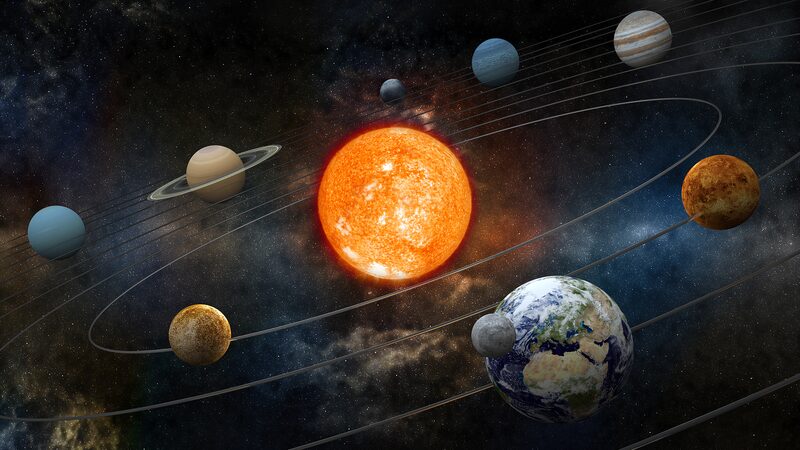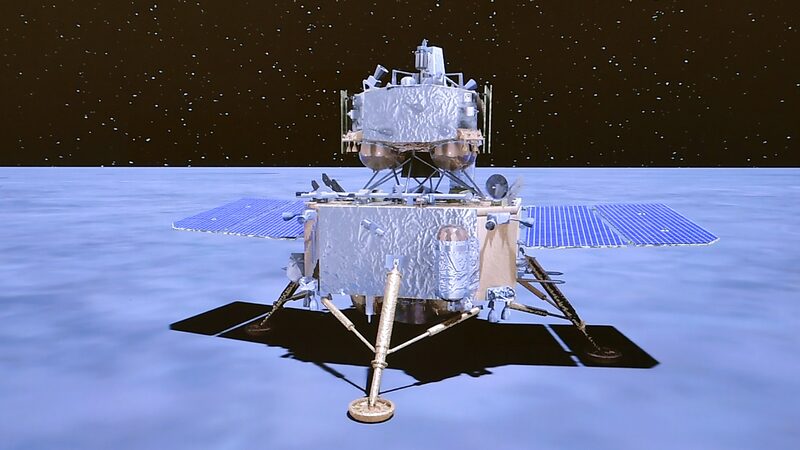A team of Chinese researchers, in collaboration with counterparts from France, Germany, and Ireland, has uncovered fascinating patterns in the Earth’s rotational deceleration spanning hundreds of millions of years.
Between 650 million and 280 million years ago, the Earth-Moon distance increased by approximately 20,000 kilometers, and the length of a day extended by roughly 2.2 hours, according to a report published on Tuesday by the Science and Technology Daily.
The Earth’s rotation slows over time due to tidal dissipation, but the rate of this deceleration has remained uncertain. In a study published in the Proceedings of the National Academy of Sciences (PNAS), the researchers analyzed eight geological datasets to reconstruct the Earth’s rotational history from 650 million to 240 million years ago.
Staircase Pattern of Deceleration
The findings revealed a staircase pattern in the Earth’s rotational deceleration between 650 million and 280 million years ago. There were two periods of high deceleration—from 650 to 500 million years ago and from 350 to 280 million years ago—separated by a period of stalled deceleration from 500 million to 350 million years ago.
These periods coincide with significant events in Earth’s history, such as the Cambrian explosion and the largest mass extinction event. The study suggests that the rotational deceleration may have provided conditions conducive to the evolution of early marine ecosystems.
Implications for Earth’s Evolution
Modeling indicates that tidal dissipation is the main driver for the deceleration of Earth’s rotation, except in very recent times. This research offers important theoretical insights into how changes in Earth’s rotation could impact climate, environment, and biological evolution.
“The study has significant theoretical significance for exploring the climate, environment, and biological evolution due to Earth’s rotational deceleration,” said Ma Chao, a professor at the Chengdu University of Technology.
The research team plans to further investigate the connections between changes in Earth’s rotation and natural phenomena such as the Earth’s magnetic field, tidal actions, and climate change. Their goal is to build a more comprehensive and accurate model of Earth system evolution, according to Ma.
Reference(s):
China-led team reveals patterns in Earth's rotational deceleration
cgtn.com








